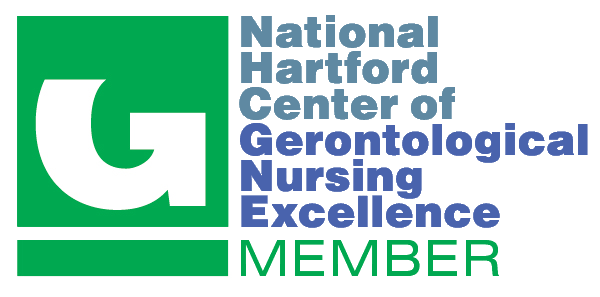Doctor of Nursing Practice Program
Colton Thames, DNP, MSN, FNP-BC

-
Committee Chair Name & Credentials:
Laurie Connors PhD(c), DNP, FNP-BC, AGN-BC, AOCNP, FAANP, FAAN -
Committee Member Name & Credentials:
Laurie Connors PhD(c), DNP, FNP-BC, AGN-BC, AOCNP, FAANP, FAAN
DNP Project Abstract
Increasing Offering Rate of Low Dose Computed Tomography (LDCT) Scans for the Early Detection of Lung Cancer
Purpose – The purpose is to increase the number of offerings for eligible patients to receive low dose computed tomography (LDCT) scan for the early detection of lung cancer. Eligibility determined by age 50-80, 20 pack year history or quit within last 15 years.
Methods
Education to be given on screening eligibility guidelines, how to calculate pack-year history, and the benefits of LDCT compared to traditional chest radiography (in addition to verbal education of those topics) along with encourage front office staff to determine smoking status before patients are seen for wellness visits.
Results
Pre-intervention documented referrals/ patient decline was 2.3% and post-intervention rate was 48.3% (Table 1).
Statistical Significance – There was a 2000% increase in documented referrals/patient decline after change was made. Regardless, the 50% goal (Aim) was not achieved
Clinical Significance – Though the Aim was not met, the number of patients at least being offered LDCT scan drastically improved, which even if only 1 patient is helped by this change, it would be worth the change.
Implications for Practice
Results show a positive effect of the change. The “offered” rate increase from N1=2.3% to N2=48.2%, a 2000% increase (Table 1). While this did fall short of the aim of N2=50%, there was a substantial increase.
Strengths – there was a clear need for clarification of eligibility requirements for providers to understand, as well as a need for more clear and inclusive documents.
Weaknesses – it was not determined how many eligible patients were offered LDCT scans in N1 but documentation of decline did not occur. Therefore, some of the positive change could just be improved documentation.
This change could be further adapted to include both improved documentation and increasing number of LDCT offerings, or two separate projects.




